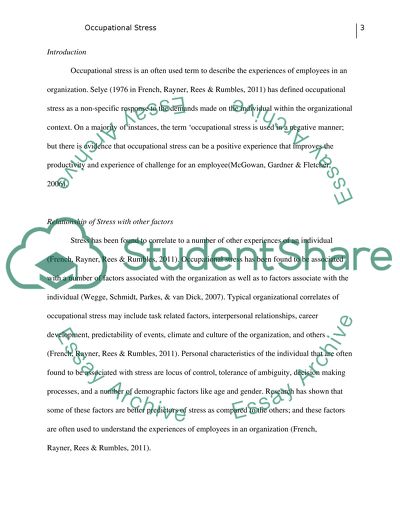Cite this document
(“The Effect of Occupational Stress on Job Satisfaction Research Paper”, n.d.)
The Effect of Occupational Stress on Job Satisfaction Research Paper. Retrieved from https://studentshare.org/psychology/1446084-occupational-stress
The Effect of Occupational Stress on Job Satisfaction Research Paper. Retrieved from https://studentshare.org/psychology/1446084-occupational-stress
(The Effect of Occupational Stress on Job Satisfaction Research Paper)
The Effect of Occupational Stress on Job Satisfaction Research Paper. https://studentshare.org/psychology/1446084-occupational-stress.
The Effect of Occupational Stress on Job Satisfaction Research Paper. https://studentshare.org/psychology/1446084-occupational-stress.
“The Effect of Occupational Stress on Job Satisfaction Research Paper”, n.d. https://studentshare.org/psychology/1446084-occupational-stress.


